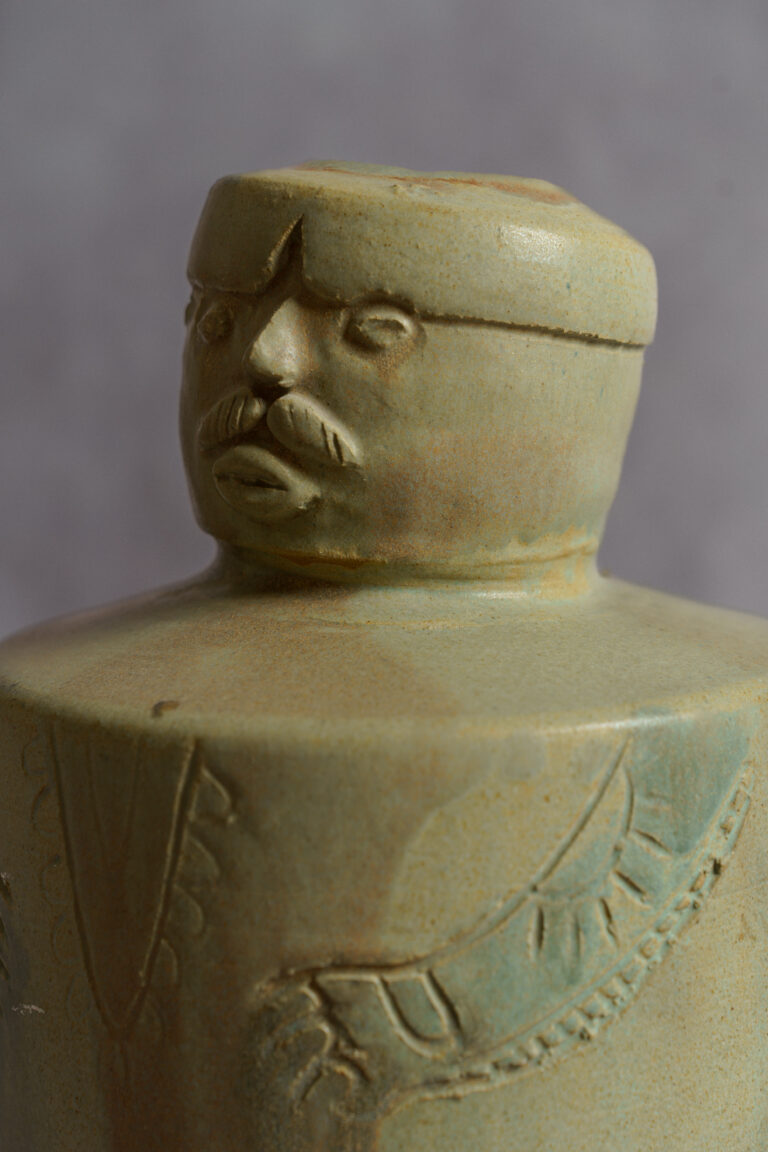What does is it mean to be a ‘collector’ today? It’s being used so liberally in the recent 4 years that its true sanctity has vanished. It seems that at every gallery opening, a new collector seems to be making a list of the artists he/she wants to buy, the circa of each work they want, and also expecting it to double in one year during the next boom, otherwise they will be ‘exiting the market indefinitely.’ But don’t be mistaken, these are the self-proclaimed ‘real collectors of today; or are they? One begs to ask, where have all the collectors gone? We hope not with such elusive things as consumer confidence or the art bubble.
In the aftermath of the last boom and bust cycle of contemporary Indian art I had hoped that the art industry with its multitude of different players learnt a little about what it meant to truly collect. I seem to be sorely mistaken. Gallerists and dealers eager to reap the immediate rewards of the inflated market stopped educating their clientele. New buyers eager to see their investments increase were told to ‘buy buybuy’ because all the ‘good collectors’ were. Instead of explaining the importance of the work or the artist’s intentions; an emphasis was placed on ‘buy now or you’re not only going to miss the boat, the plane, train, but also….the steal scooter by Subodh Gupta!’ And then how were they planning on getting to the bank? Obviously not laughing. Under pressure and the promise of high returns ‘collectors’ accumulated vast amounts of art and when they couldn’t offload it when the market went south many sweared off the ‘collecting’ again.
What shocks me today is that the same promises are being made to a whole host of new ‘collectors.’ Gallerists and consultants need to nurture new and old collectors instead of bombarding them with false promises of who the next big star will and who will sure to double. It’s my firm belief that new collectors should have a few guidelines to enable them to truly start collecting and stop accumulating. I usually recommend a four step program not to be confused with my 12 step program for art-o-holics. Though some would argue that they need more help!
The first step is to train and educate your eye. By that I mean make a commitment that for one entire art season not to buy anything. Instead go to every show: the big, the small, the beautiful, the ugly, and the conceptual. Learn who the artists you like are. Question yourself on why you are drawn to certain works and not to others. If you get an opportunity to meet any artists, ask them questions like: What were you trying to accomplish with this series? Why did you treat your subject matter in the manner depicted? What will your next work be like? A good thing to do is to take notes when you are at a show; your first impressions, what you felt the artist strengths and weaknesses were, and did any particular work stay with you once you left the show. If there are reviews in papers or art magazines of the same shows read them and see how your observations matched or differed from them. The purpose of this exercise is to train your eye and develop your taste. A good collector is always questioning their decisions and challenging their purchases, this keeps their collection relevant and sincere.
The second step is to understand why you are collecting art.Is it because you want to diversify your portfolio of investment? Is it because you are buying art for art’s sake? Or perhaps its somewhere in between the two. Call me a traditionalist, but I think the best collections are the ones that start with no expectations of equity growth, those are the ones built on gut and truly reflective of the collector’s tastes. Those collectors expect nothing from their artwork except the joy it gives them. Nonetheless, if you are somewhere in the middle of ‘investor’ and ‘collector’ you shouldn’t feel guilty, but embrace your position and start collecting in a structured manner. This leads us to step three which is determining your budget.
Once you define your budget your collecting immediately becomes more tangible. There are many ways to start your collection, hopefully at this point you will know which artists you are more inclined towards and which galleries’ exhibitions you find interesting. If your budget is limited look at newer artists which are exhibiting with good galleries, through nurturing and the right introductions they should be able to grow. If you don’t have that confidence yet to buy new artists and want to buy more established artists then a few different routes can be taken. Walking into a show of a more mid-career artist may send shivers down your spine when you see a price sheet; but fret not! There still might be a way to get something of the artist. Ask the gallerist if all works have been exhibited, sometimes the artist shows the largest works and smaller works are kept in the stockroom. These might be more in your price range. In addition, perhaps there are photographic works in the show available in editions that might beat more affordable prices. It’s an absolute fallacy that good art is always expensive; if you look hard enough there is still amazing talent waiting to be discovered.
The last and most important step is to be a responsible collector. This is what differentiates the ‘collectors’ from the ‘real collectors.’ During the last art-boom sales in volume went through the roof, but sales in art-insurance, art-storage, acid-free framing materials, and the use of art-restorers only increased marginally. The correlation should have been far greater. But these collectors were not told or taught about the importance of these services. The most important rule about collecting art is that: with great art comes to responsibility to take care of it. Keep the works in the appropriate condition, if it can’t be displayed in your home, have it stored inan appropriate art-facility. 85% of all art-insurance claims are dueto negligence. Make sure all your art works are insured through reputable art-insurers and their valuations are up to date. Spend the extra up-front cost to use good framing materials so the work’s immediate environment is not harmful. If a work gets damaged have it immediately taken care of through a reputed restorer. We are merely custodians of the work we purchase till the next generation. It enriches our lives and as responsible collectors it is our duty to respect and take care of it.
Hopefully we will see more responsible collecting in the years to come. Not only will this promote art-infrastructure in India, but also the state of the art-market, safe guarding it against booms and busts. A gentle reminder to all new collectors, all great artists started somewhere – so why not on your walls. Have the courage of your conviction and trust your instinct; that is what collecting is truly about.














